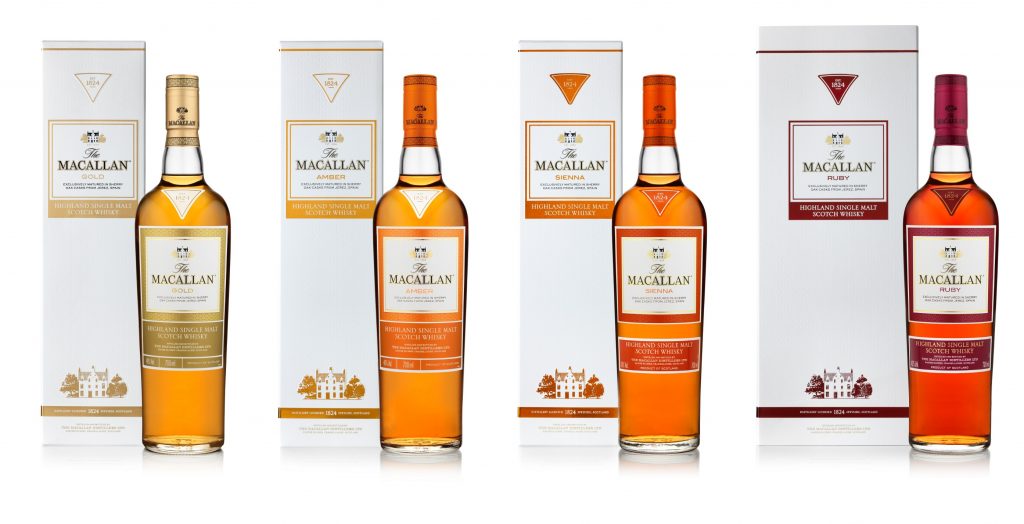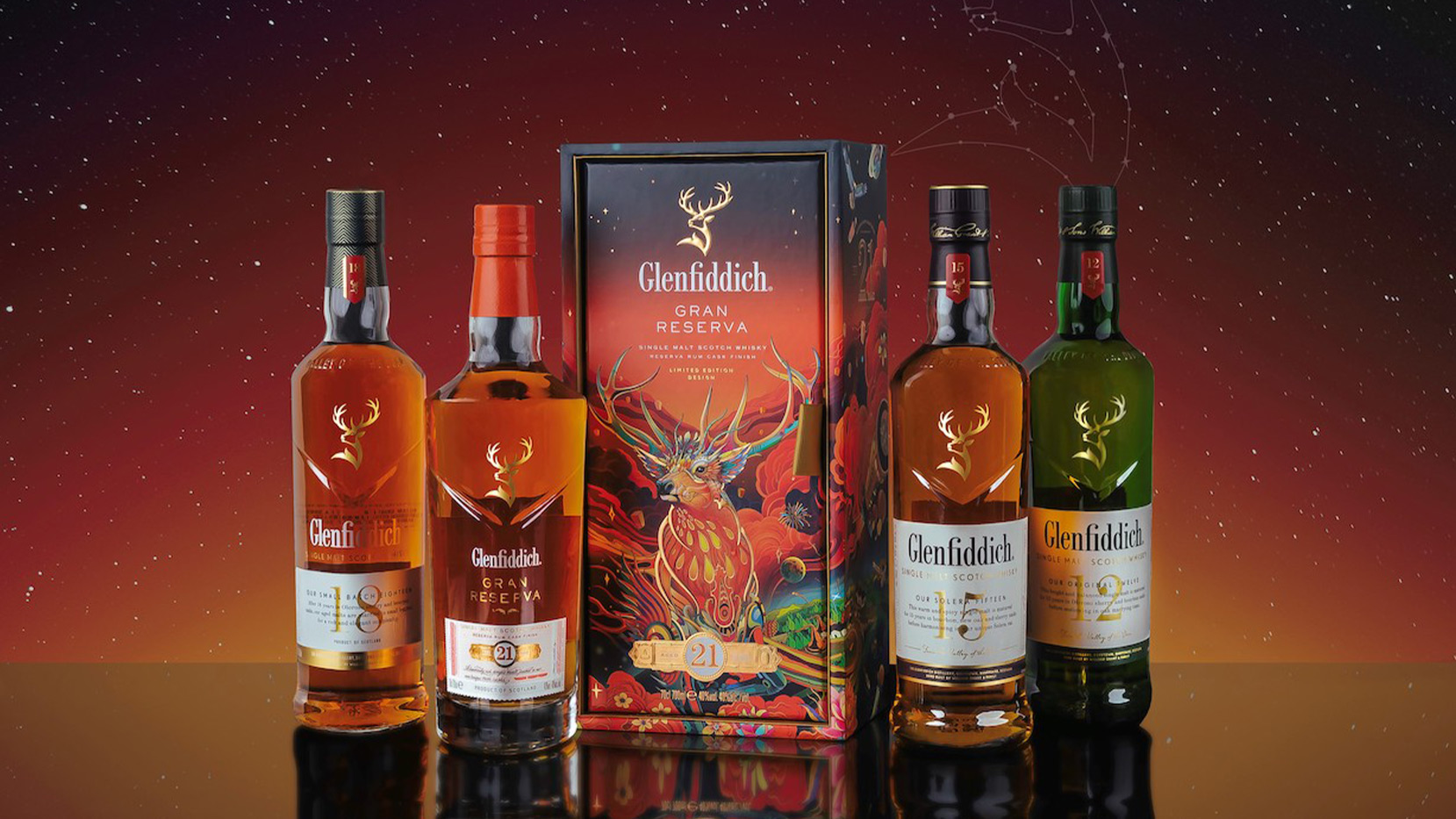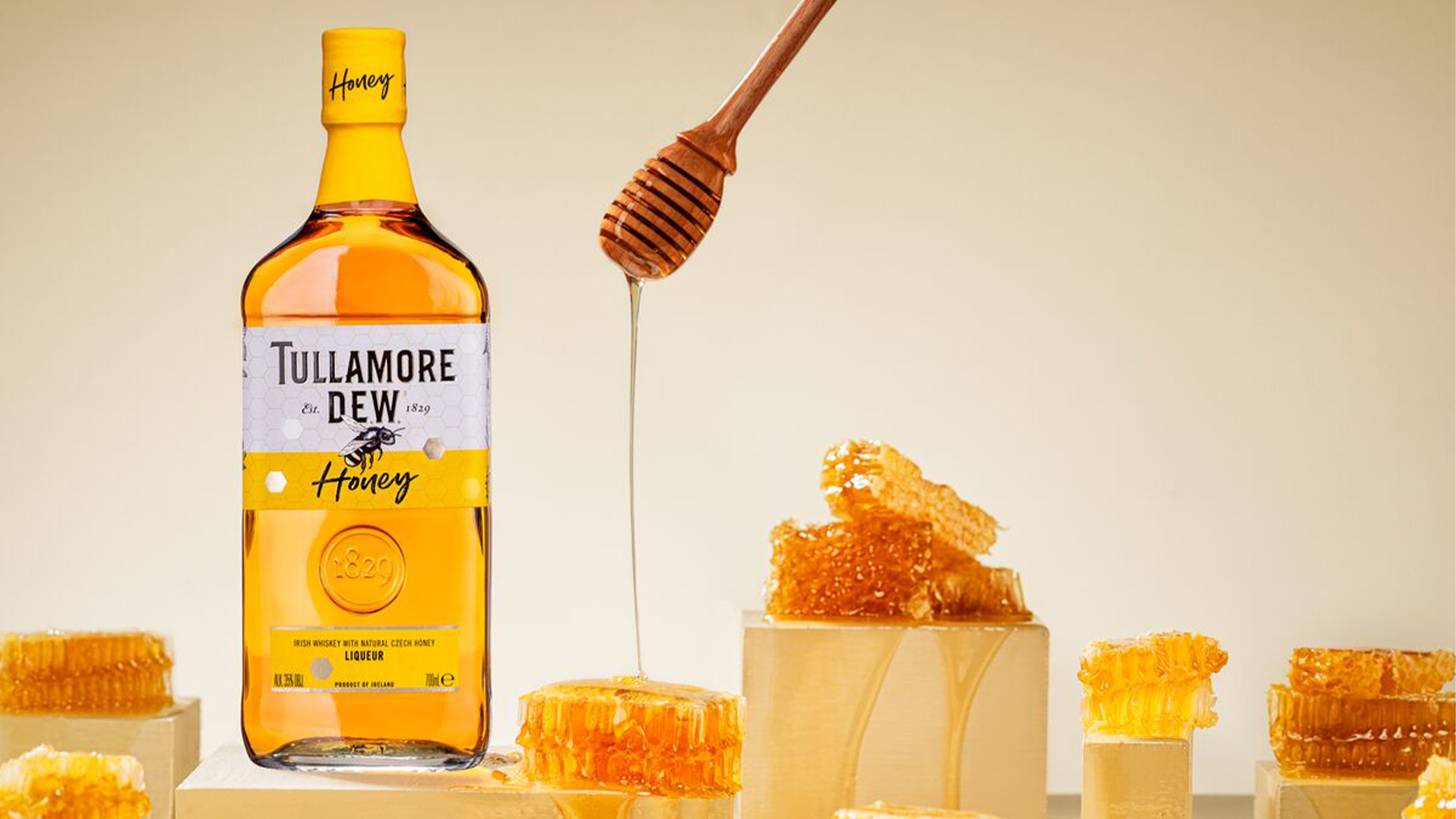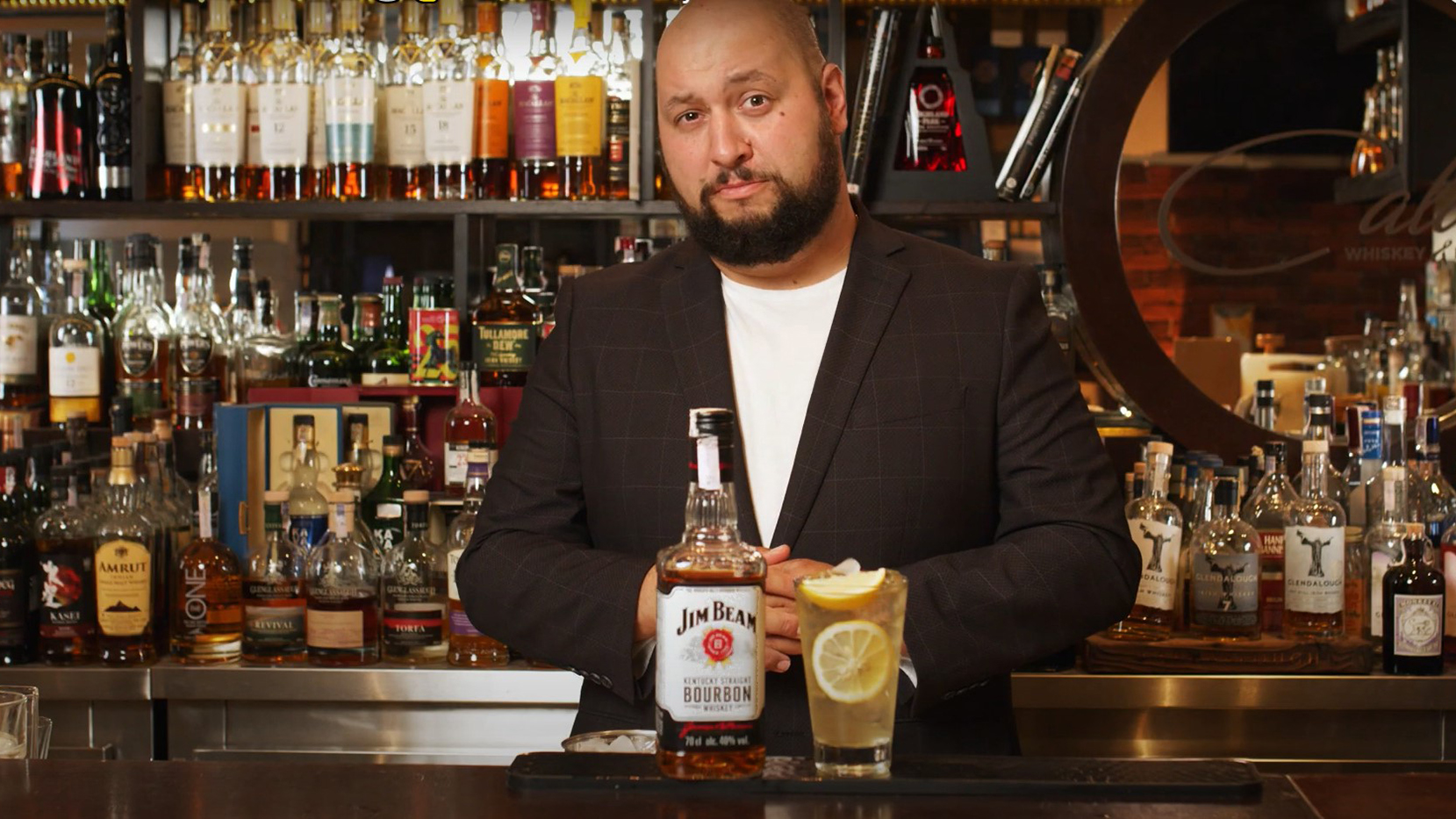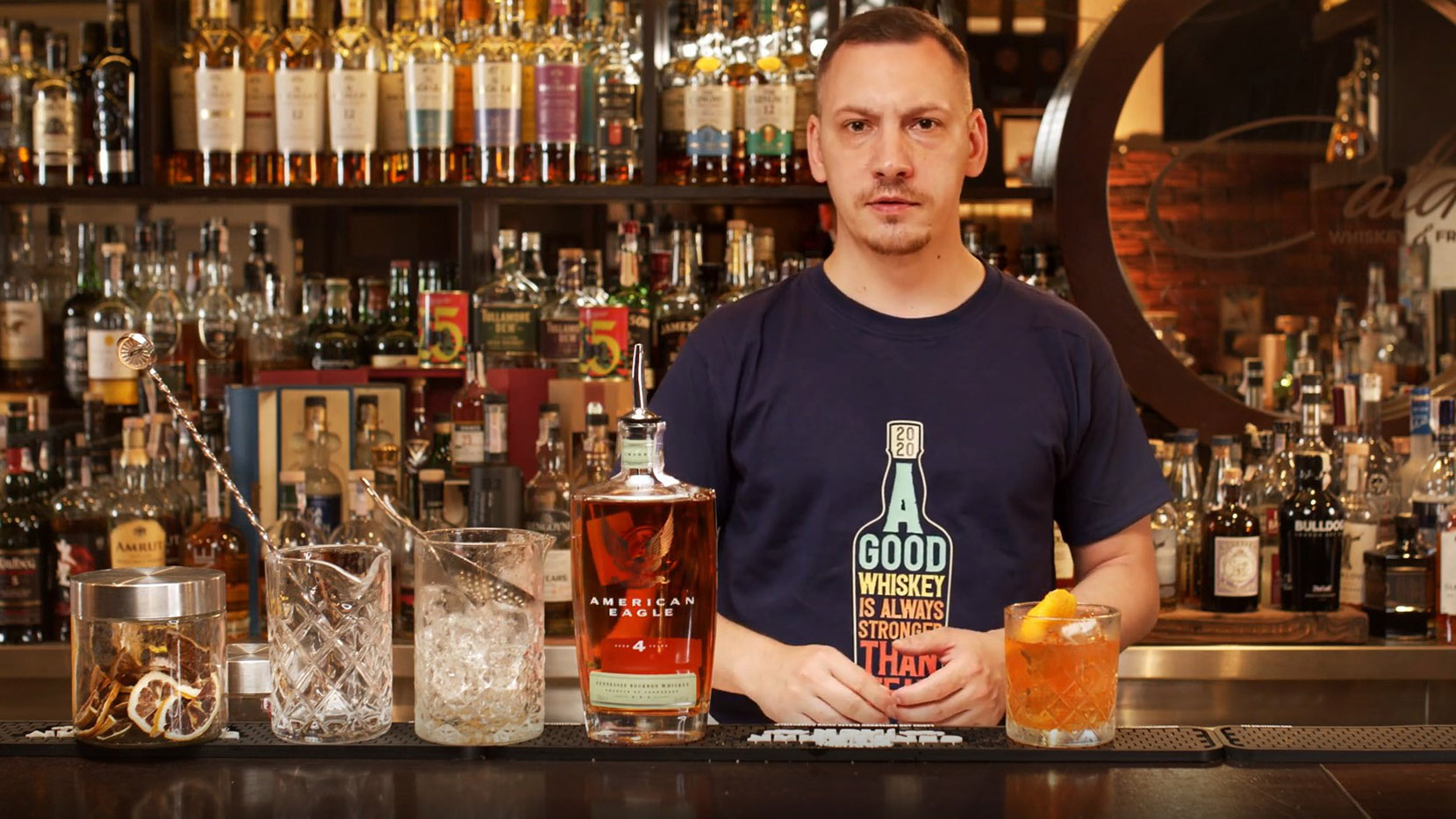Year after year
The year of the whiskey always matter and are theme of a lot of debats. This article is not about which years are the best for the distillate, but to clarify and expand your knowledge.
The years on the label show at least the years of ageing of the distillates in the cask. In the barrel, not in the bottle! We remind you of this because questions have been asked whether the ageing counts the period in the bottle, and the answer is a firm NO!
If we see a 12 year old whisky label designation, there are probably 13, 15, and even older distillates in the distillates, but never younger than the designation. Doubt often arises as to whether the years of ageing described on the label are really happening and the answer is a firm YES! The stakes are too high to fool the consumer and the rules, laws and controls are more than serious.
In recent years there has been a trend for whiskies to have no age statement on the label, or what is known as NAS. These are whiskies that we will not define as better or worse than the rest, because they are part of the whisky reality. The main reason for the popularity of whiskies with no years on the label is the huge global demand (mostly from Asia), which is leading to a depletion of year-old whiskies. 10-15 years ago, no one thought that the distillates aged in the casks would not be enough. At this point, marketing steps in to come up with a new series or approach and, together with the brand's master blender, market a NAS variation. Many well-known brands had a similar approach, but the most memorable for me is The Macallan's 1824 series - Gold, Amber, Sienna and Ruby, which had no years on the label and replaced the discontinued Fine Oak series of annual variations. A few years after that, the series of annual whiskies came back because they now had annual distillates and they brought back the Fine Oak variations of their 12, 15, 18 year old flavors.
If there's been a note of bitterness in us consumers in recent years, it's that the price of the NAS varieties hasn't been dramatically lower, or even the same on the annuals. They were marked with memorable names: the Special Release, the Master Blender Series, the Distiller's Edition. In the last 3-4 years, Single Cask variations of just one cask have also come to market. Fortunately for us, we also have distillates bottled just for our market, such as Highland Park Single Cask Bulgaria, Arran Bulgaria, Kilchoman Bulgaria, Big Peat Sofia Edition, which have given fans whiskies with no year designation, but very different in terms of strengths (mostly over 50), a variety of casks, and this has led not only to consuming the liquid, but also to collecting it.
As a final note, I'll mention that I've had the opportunity to try quite a few old distillates, such as a 65 year old Glen Grant, a 60 year old Glenlivet, a few 50 year old versions of other brands, but I've not been terribly impressed with them. When I mentioned this to an old Irish friend of mine, he replied, "Aged whiskies for aged drinkers." Sometimes our youth prevents us from appreciating old whiskies properly, but let's not put up barriers with the years on the label, but taste and appreciate whisky by its liquid soulfulness, not its shiny clothing.
A variety of vintage whiskies from around the world can be found at www.vida.bg or at the Caldo Whisky Bar.







